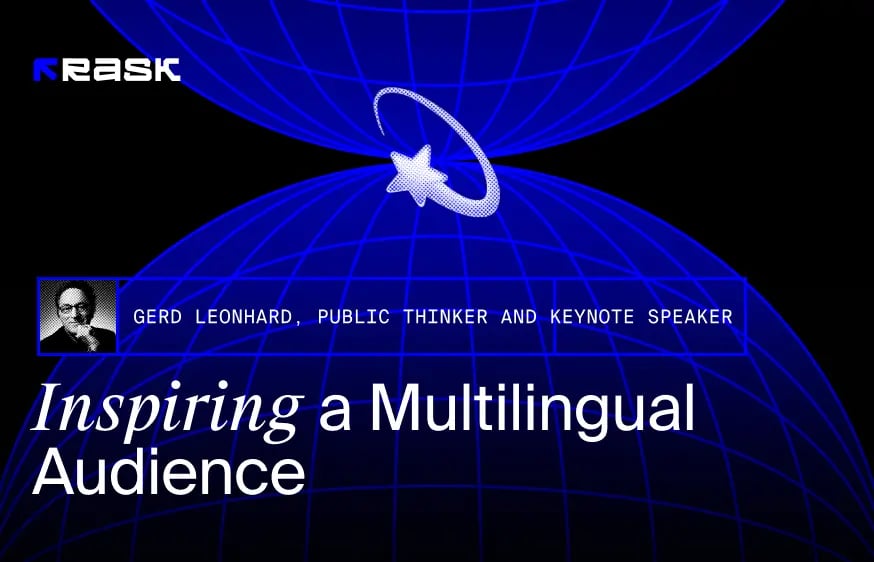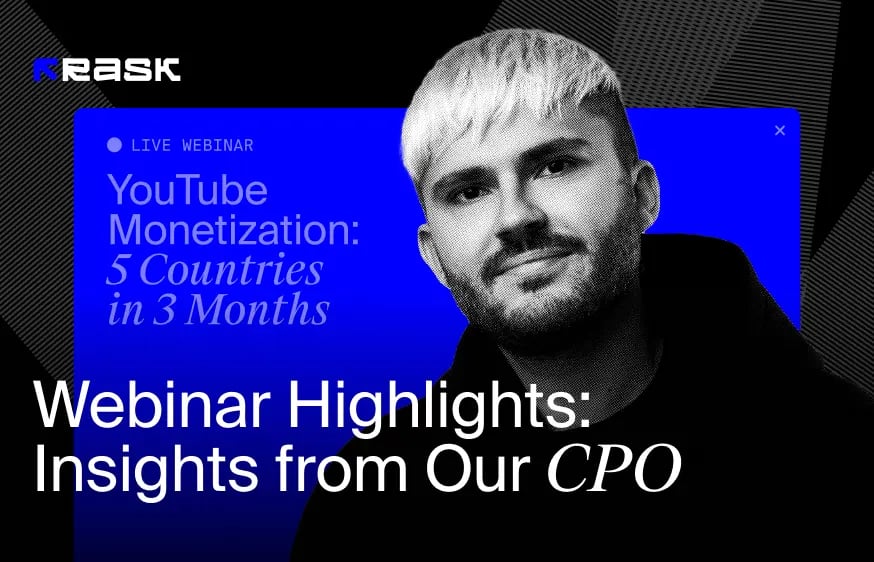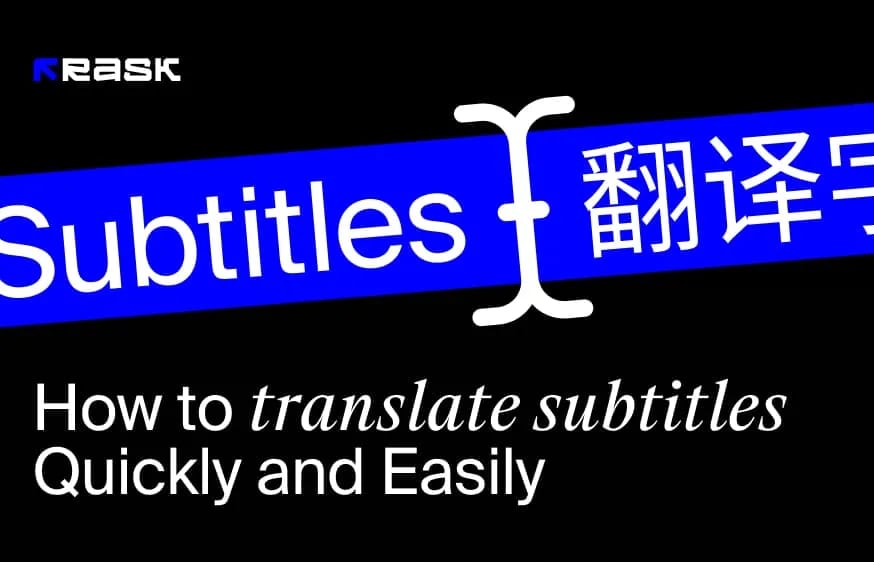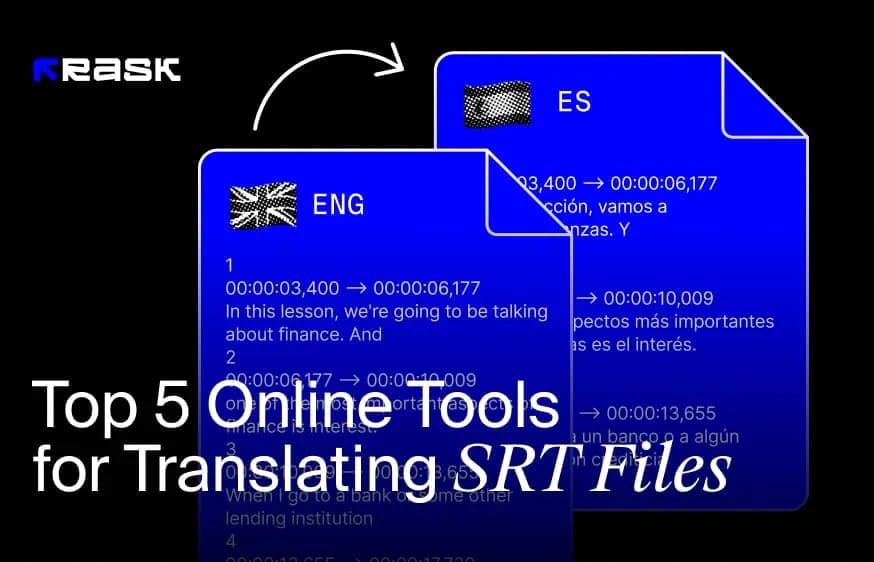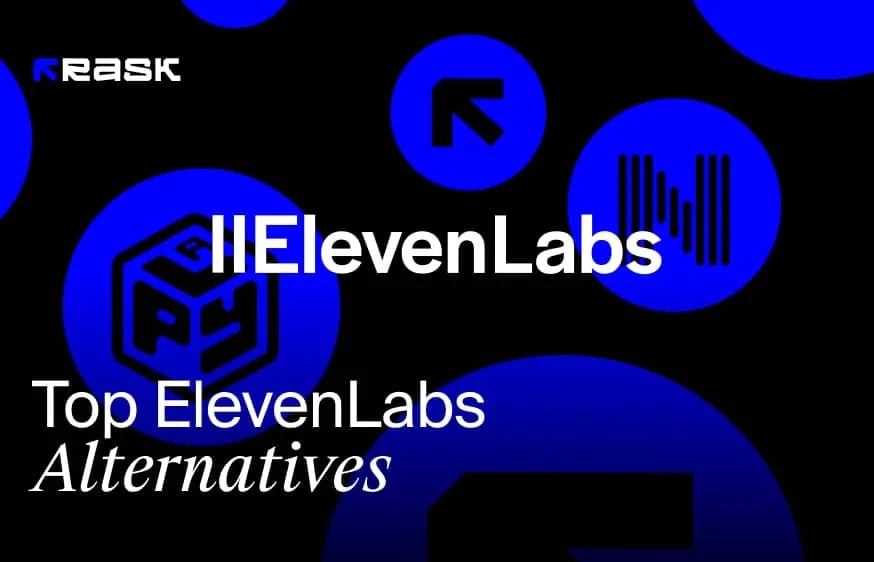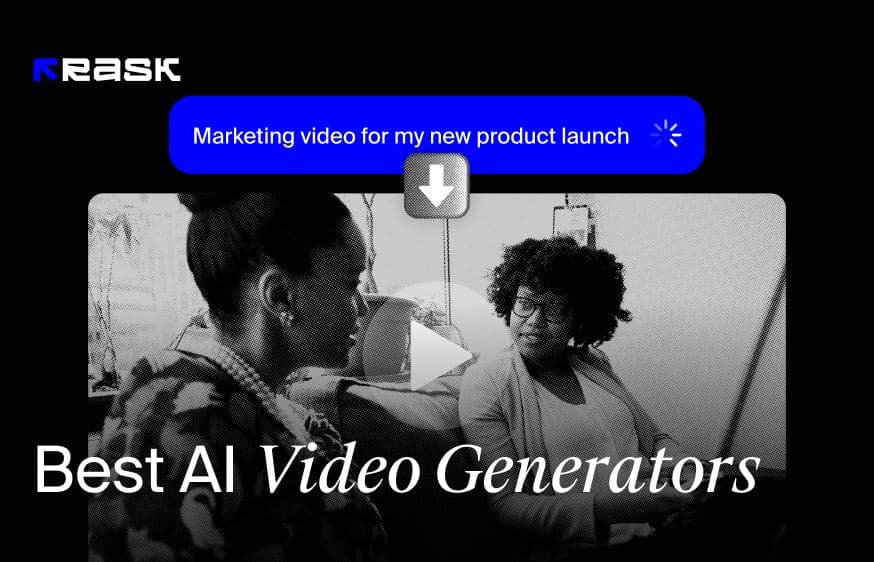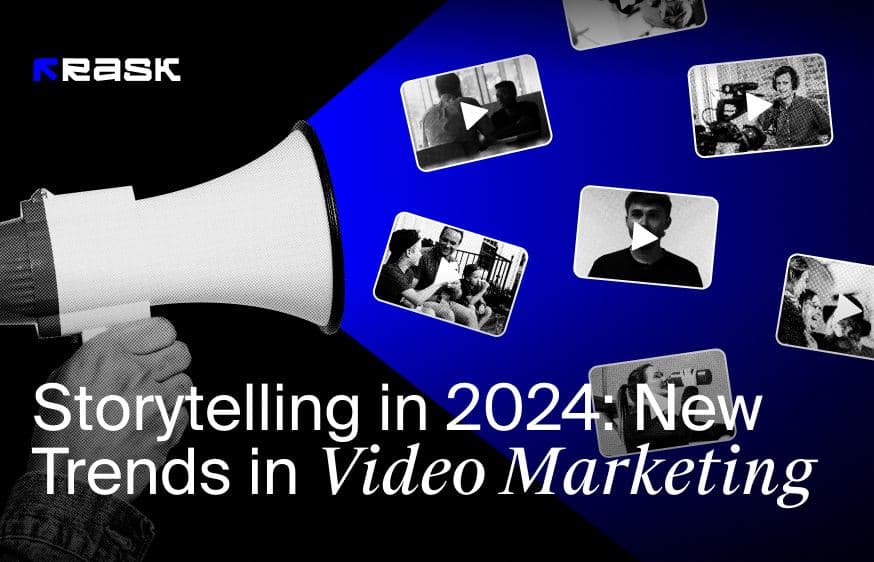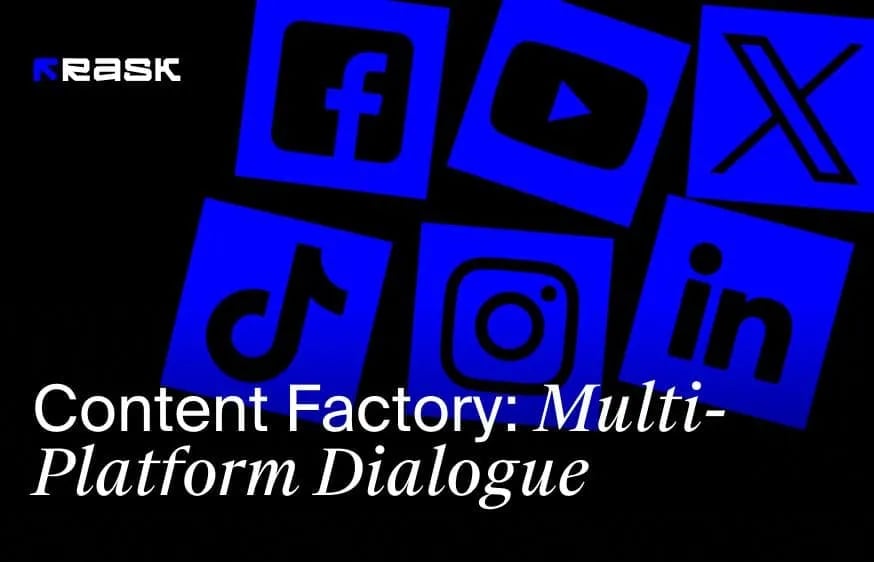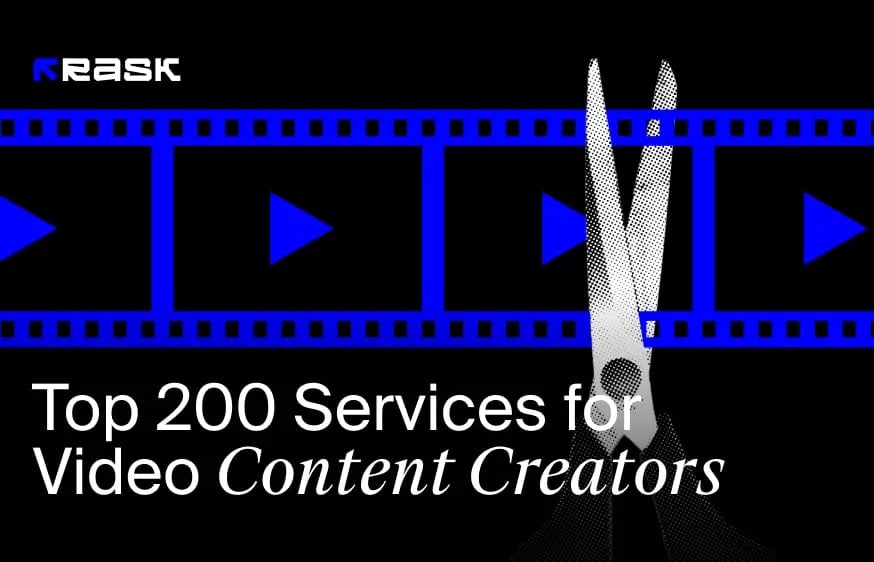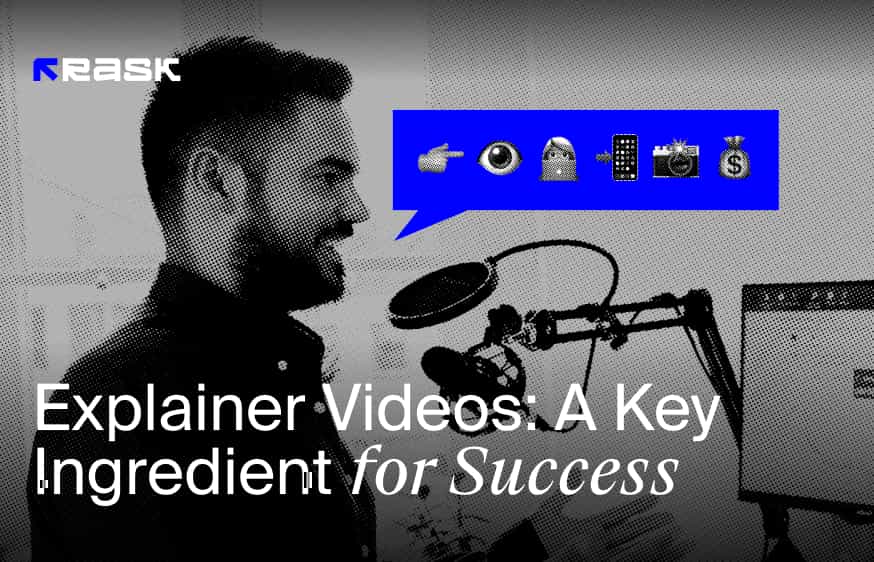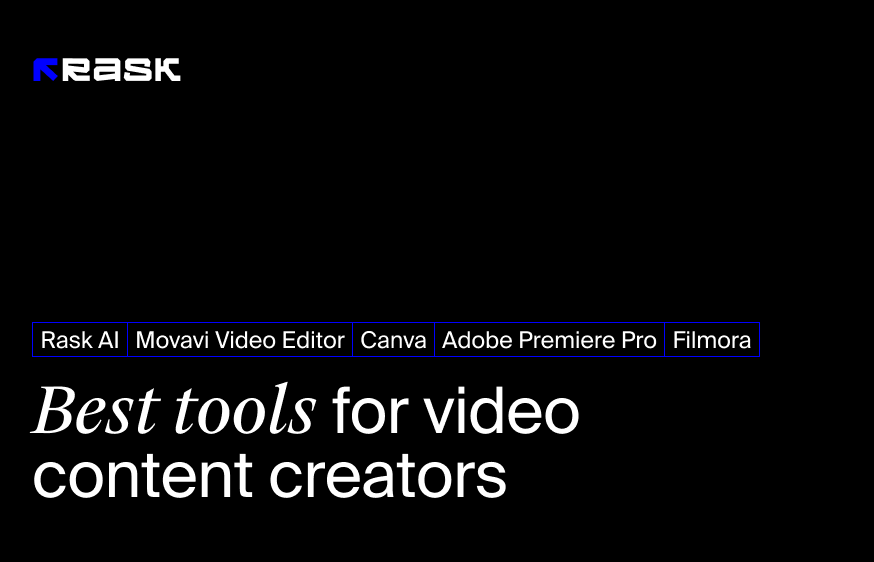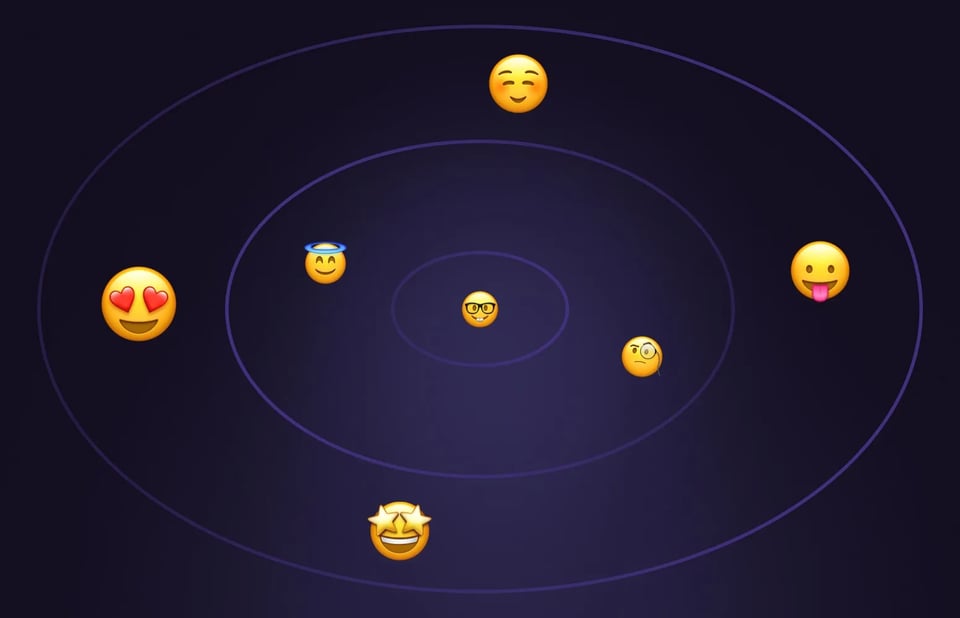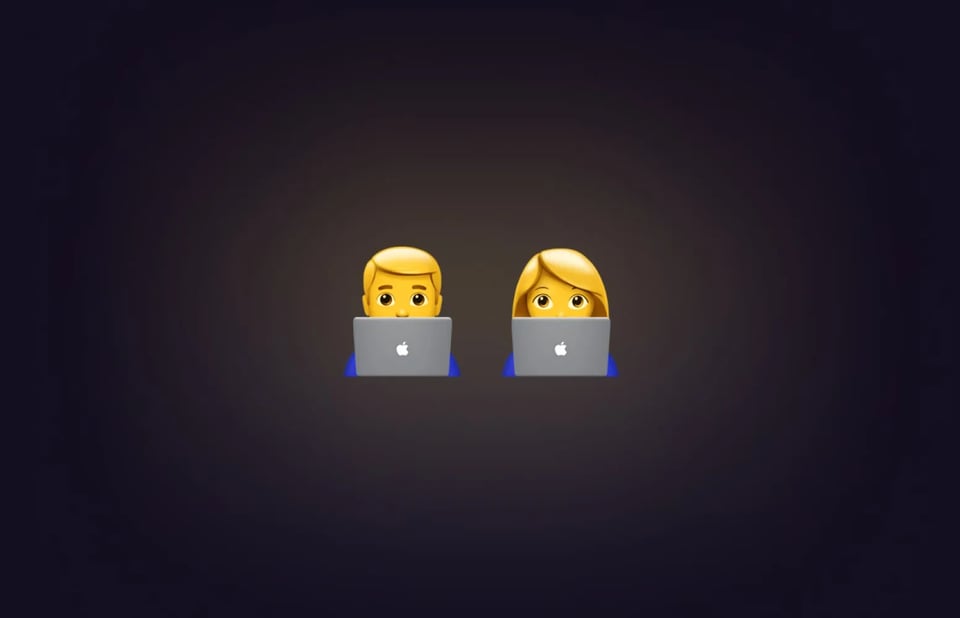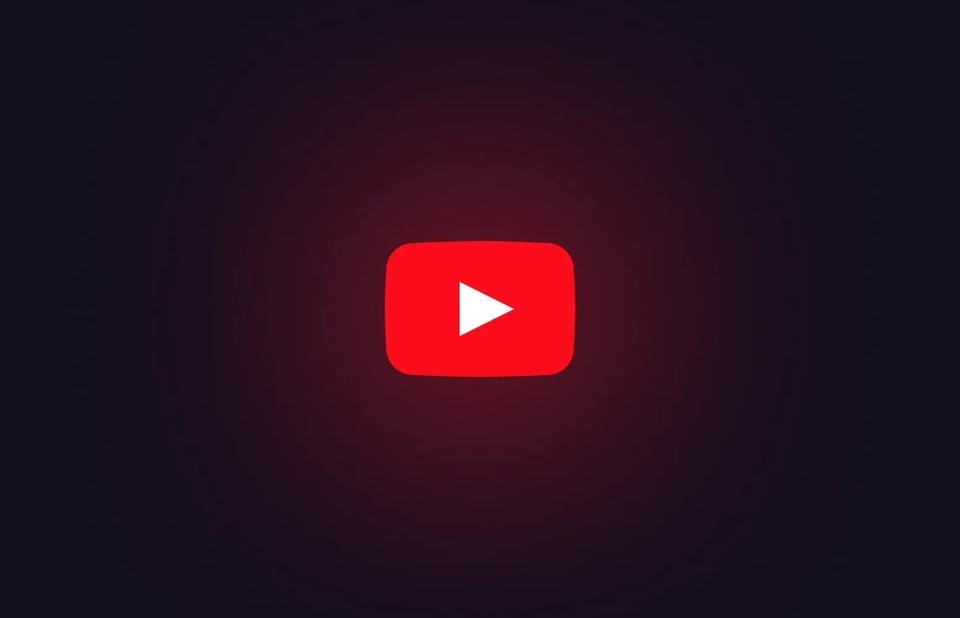We live in a world where every (at least most of them) content creator wants to make the most out of the platform they use for content creation. Tight market competition and increasing user demand makes it crucial for such platforms to offer new services, features, and provide timely updates. And YouTube, currently being a leader in the video-sharing industry (over 2.56 billion users), doesn't want to stay aside.

YouTube Announce its New Feature | AI-Powered Dubbing Tool
With the goal of making it easier for users to dub and localize their videos, YouTube brings new opportunities to the table. The company recently announced that it will work with a team from Aloud, which is an AI-powered dubbing service from Google's Area 120 incubator.
This will allow creators to automatically dub their videos into other languages using Artificial Intelligence. YouTube also introduced support for multi-language audio tracks earlier this year, so it seems like the platform is driving its way into localization. This feature allows YouTube creators to dub both their new and existing videos to get a worldwide reach.
Until now, content creators relied solely on third-party apps or providers if they needed video translation. According to Jessica Gibby, a spokesperson for YouTube, Aloud offers a range of languages, including English, Portuguese, and Spanish, but the team says they plan to add more languages soon. Some of them will be Hindi and Bahasa Indonesian.
Amjad Hanif (YouTube's vice president of Creator Products) also mentioned that the team is actively working on improving the translated audio tracks so they will sound more like the original voice of the creator, complete with enhanced expression and lip sync. However, he says that these features need time to be fully developed, so users may expect them only in the coming year.
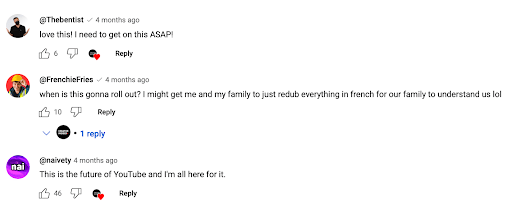
First Things First: Whys and Hows of Dubbing
Dubbing is a traditional practice previously used only by the film and television industry to replace the original spoken audio with a different language.
Today dubbing has become an essential part of localization - a process of adapting the product (video, in our case) to different markets using other languages and slang. As a result, some video hosting platforms like YouTube allows users to upload their own dub track as well.
Besides original audio, users can now switch to a dub track if they don't understand the original audio or just want to listen to the video in their native language.
Although dubbing is a hot trend in the video content industry, some still don't understand its full potential and why creators need dubbing in 2023. Let's quickly discuss this point before we move to the main part of the article.
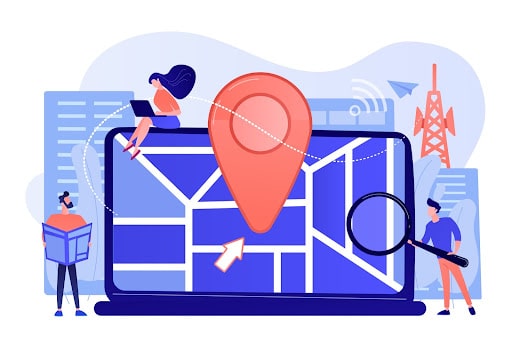
Why do People Dub Their Videos in a Different Language?
Well, we should start here from the original purpose. Dubbing was designed to make content available to more people. Although the key purpose remains the same, it has also gained popularity as a crucial step in localization. Most of the time companies and creators use dubbing as a simple and fast way to replace hard-to-understand accents (from British to American dialect as an example) and/or make the content available for those who don't understand the original audio (from English to Spanish as an example).
Let’s imagine you run a podcast (or a food blog) and you speak British English. Now you decided that you want to also attract an American audience - you need to replace the voices of a British sitcom with American voice speakers. Or you just want to go global, which is your content. Here you also use dubbing - but here you will translate your video content into several other languages, so people from other countries (who don't know your language) can understand what the video is about because they have a chance to watch the video in their native language.
YouTube Dubbing Feature | Is It Worth the Hype?
Dubbing is definitely a great solution for localization in 2023. But is YouTube a feature the only option to look for? And is it worth the hype around it?
A short answer is no, and the reason is simple - it took years for YouTube to offer this feature, while other third-party AI-powered tools have been here for a long time.
Here is the link for you to watch how YouTube dubbing feature works in real life (English is the original audio)
Since this is a pretty new feature, the dubbed audio is of poor quality, just like someone is speaking under the water. In addition, some users repot that not everyone has access to the new YouTube features (including multi-language audio tracks). As we already mentioned, there are only a few available languages. Although the team plans to expand the list of languages for dubbing, the feature is still far away from quality and free choice.

Rask AI is Two Steps Ahead
If YouTube needs time to improve the audio quality and expand the list of available languages, there is a fair question - what content creators can use now for dubbing and localization?
Rask AI is a one-stop-shop localization tool in 2023. And guess what? It already has a dubbing feature that creators use to translate their videos into 130+ languages. See the difference?
Explore how it works on our Tik-Tok channel
Rask AI operates on Artificial Intelligence technology. It can effortlessly translate any video content (including videos from YouTube), generate voiceovers, and audio podcasts into any language. With the opportunity to translate YouTube video to English and more than 130 other languages, creators and companies can localize their videos all across the world within minutes.
The voiceover that Rask AI generates captures speech in the original video and generates a voiceover based on the script. As a result, Rask AI provides fast, accurate and cost-effective results for all sorts of makers, while also reducing the need for human voice actors (basically no human efforts are needed).

Here are some of the languages available with Rask AI:
- British English, Welsh;
- Australian German;
- Arabic;
- Estonian;
- Danish;
- Spanish;
- Greek;
- Hindi and Indonesian (which will be available with a YouTube feature only next year);
- and much more.
Pro tip: Rask AI also offers a voice cloning technology, meaning technology extracts spectrums of the voice and creates a voiceover that sounds almost exactly like the real voice.
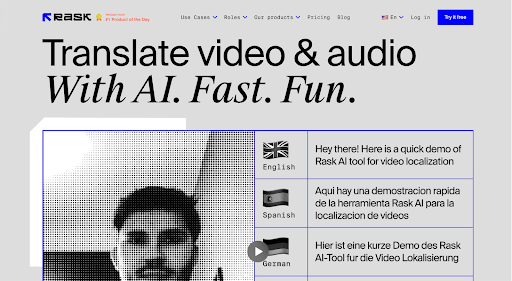
Summarizing | Translate YouTube Video
Content creation is changing. It isn't enough to just create a video and put keywords into the description. Both companies and creators know the importance of dubbing for effective YouTube localization and global audience reach. And while YouTube dubbing features need time to fix existing issues, provide accurate results, and expand its list of languages available, Rask AI has also established its name as a number one tool for dubbing and localization in the global arena.
The choice is up to you!
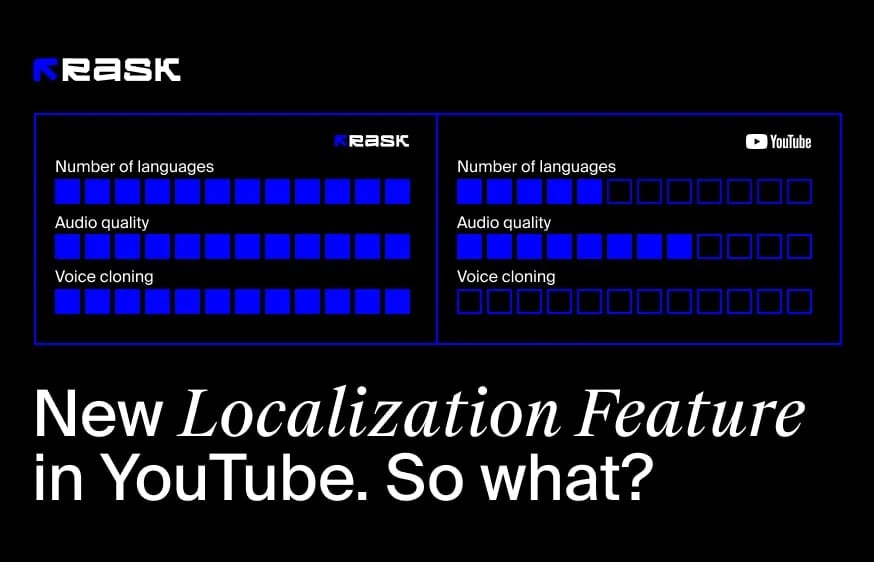
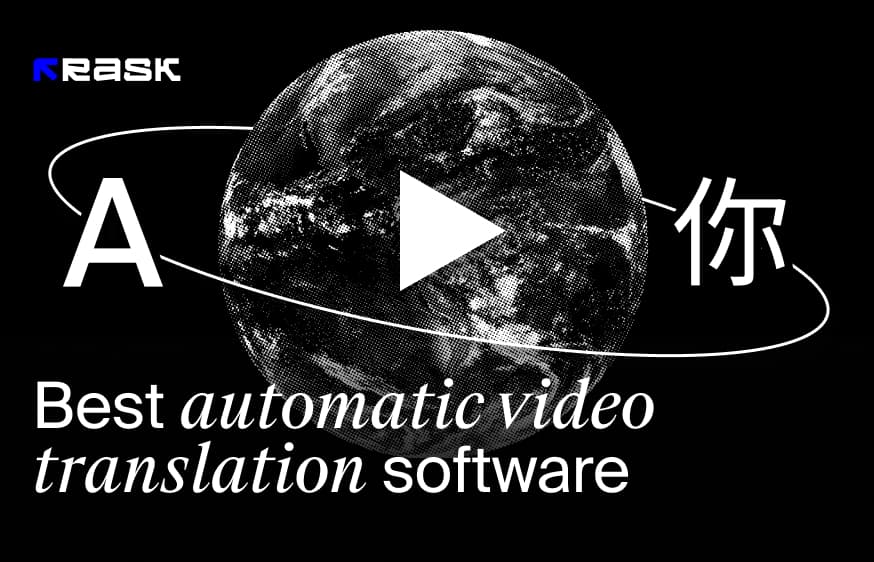
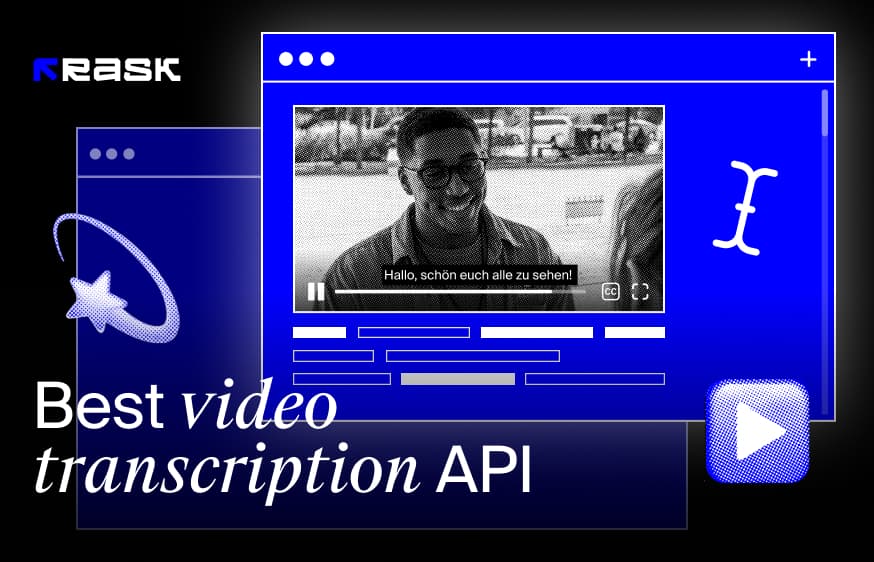

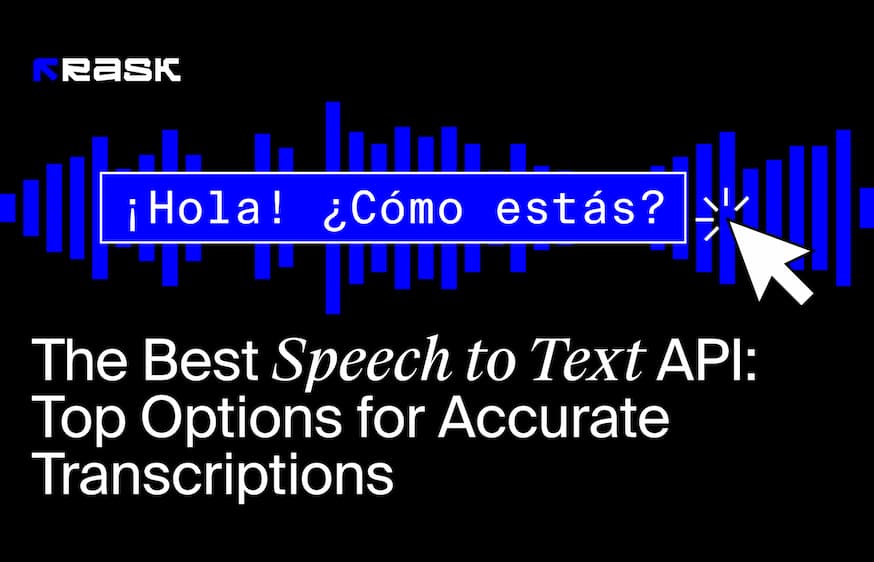

.jpg)
.webp)
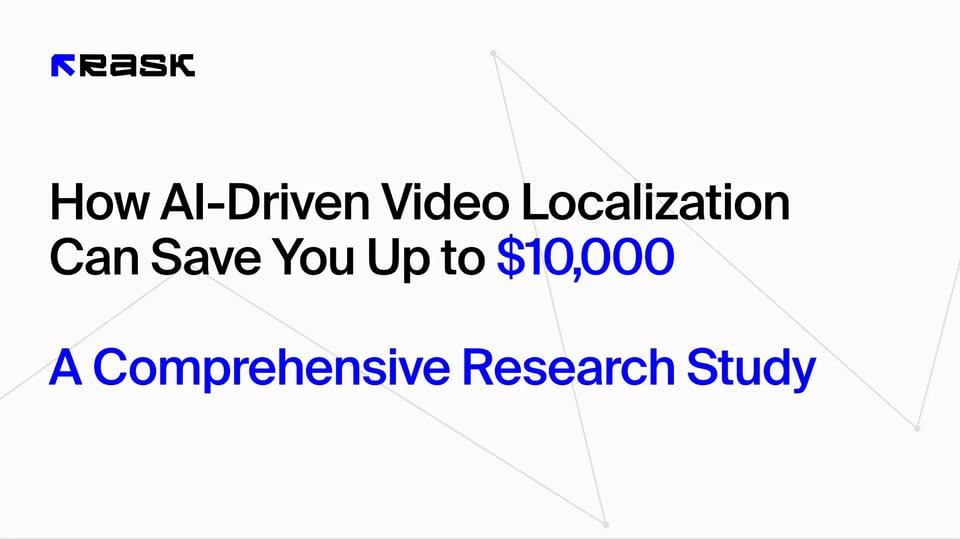
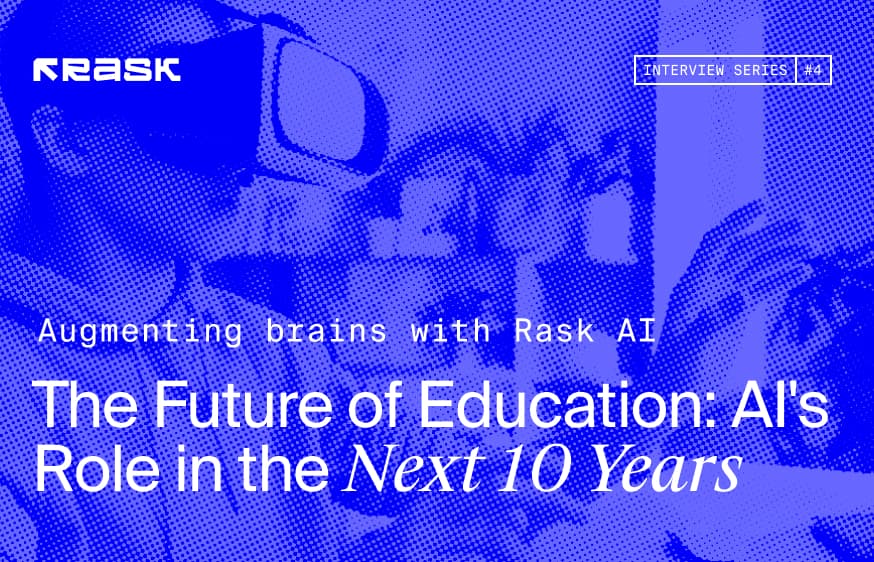
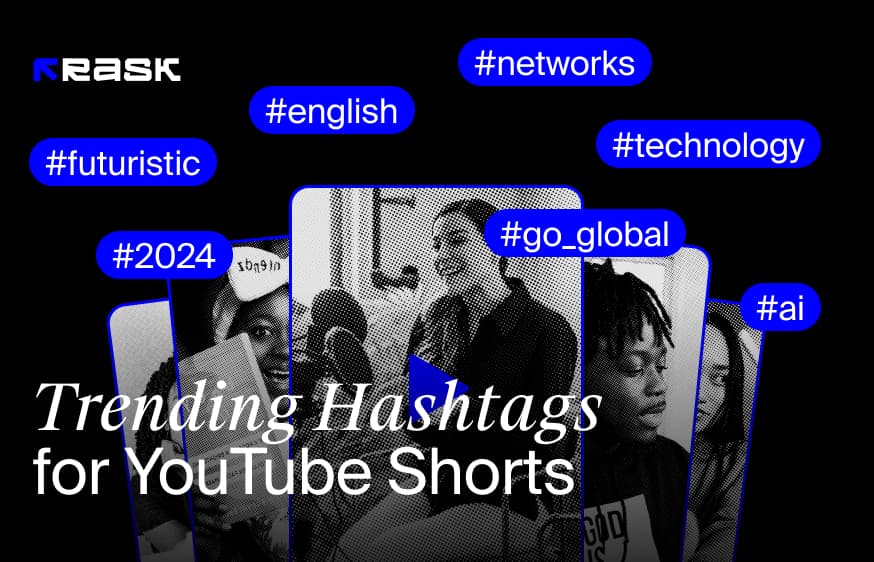
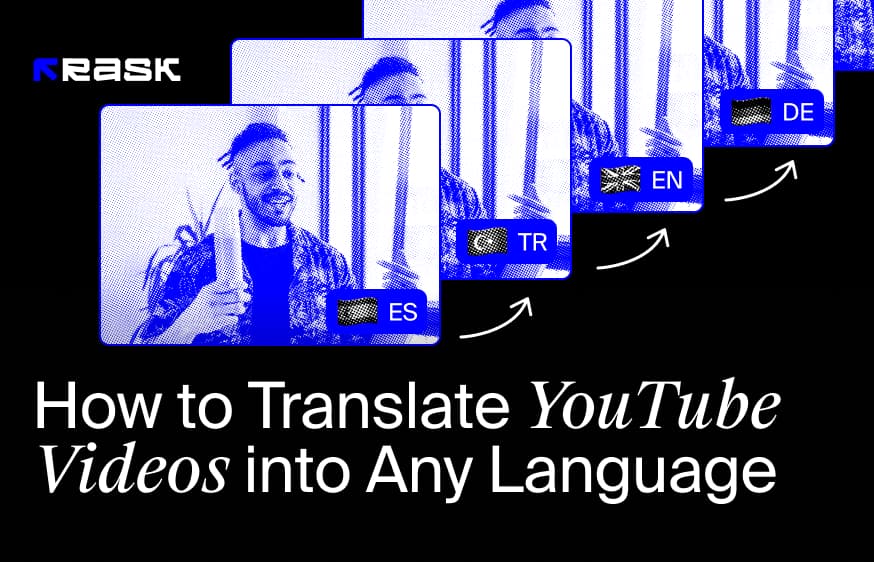
![8 Best Video Translator App for Content Creators [of 2024]](https://rask.ai/cdn-cgi/image/width=960,format=auto,fit=scale-down/https://cdn.prod.website-files.com/63d41bc99674c403e4a7cef7/6668a3dcd3175bd1d1c73c81_Best%20video%20translator%20apps%20cover.webp)
![Best AI Dubbing Software for Video Localization [of 2024]](https://rask.ai/cdn-cgi/image/width=960,format=auto,fit=scale-down/https://cdn.prod.website-files.com/63d41bc99674c403e4a7cef7/66685014f68137eb05c89c16_Cover.webp)
